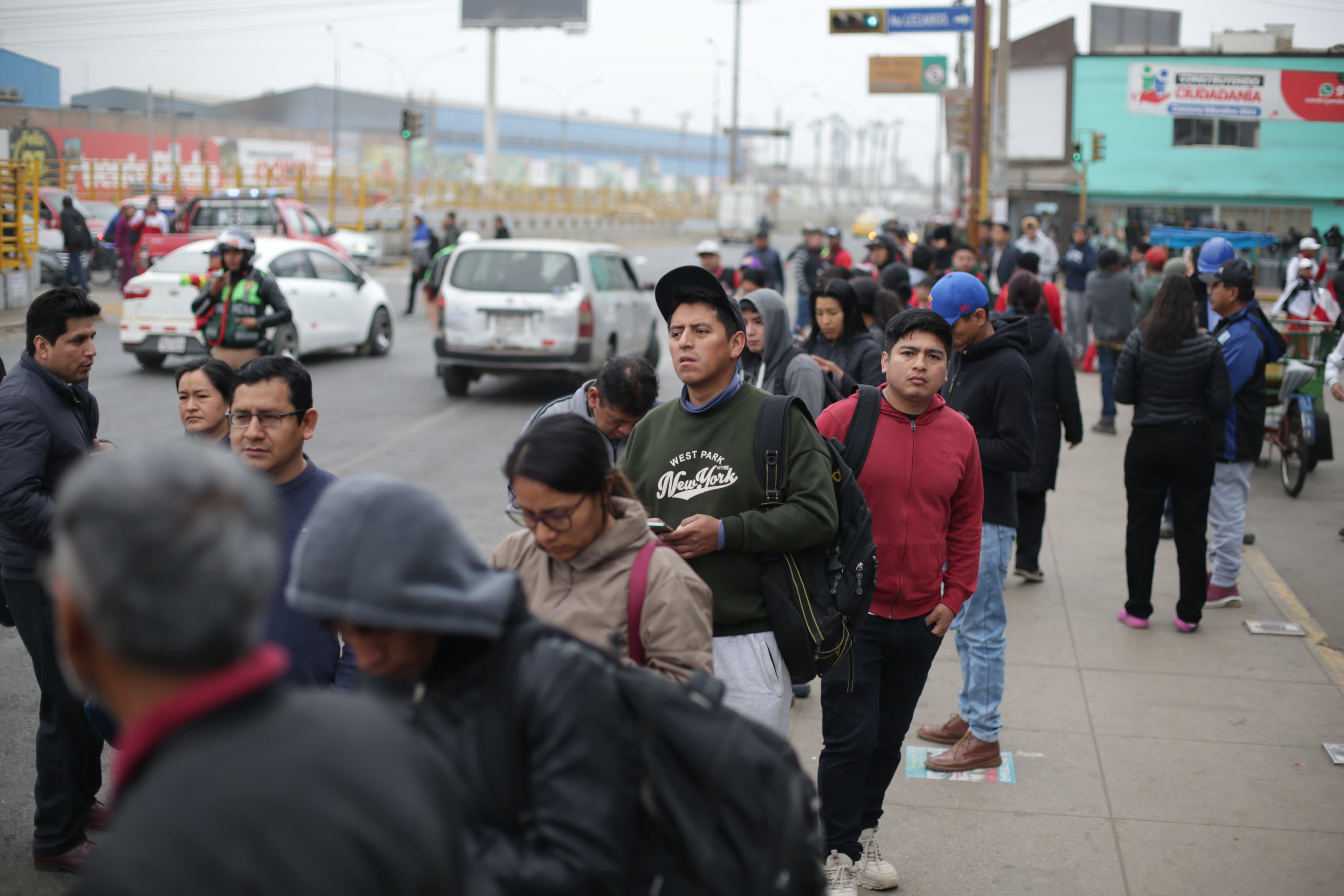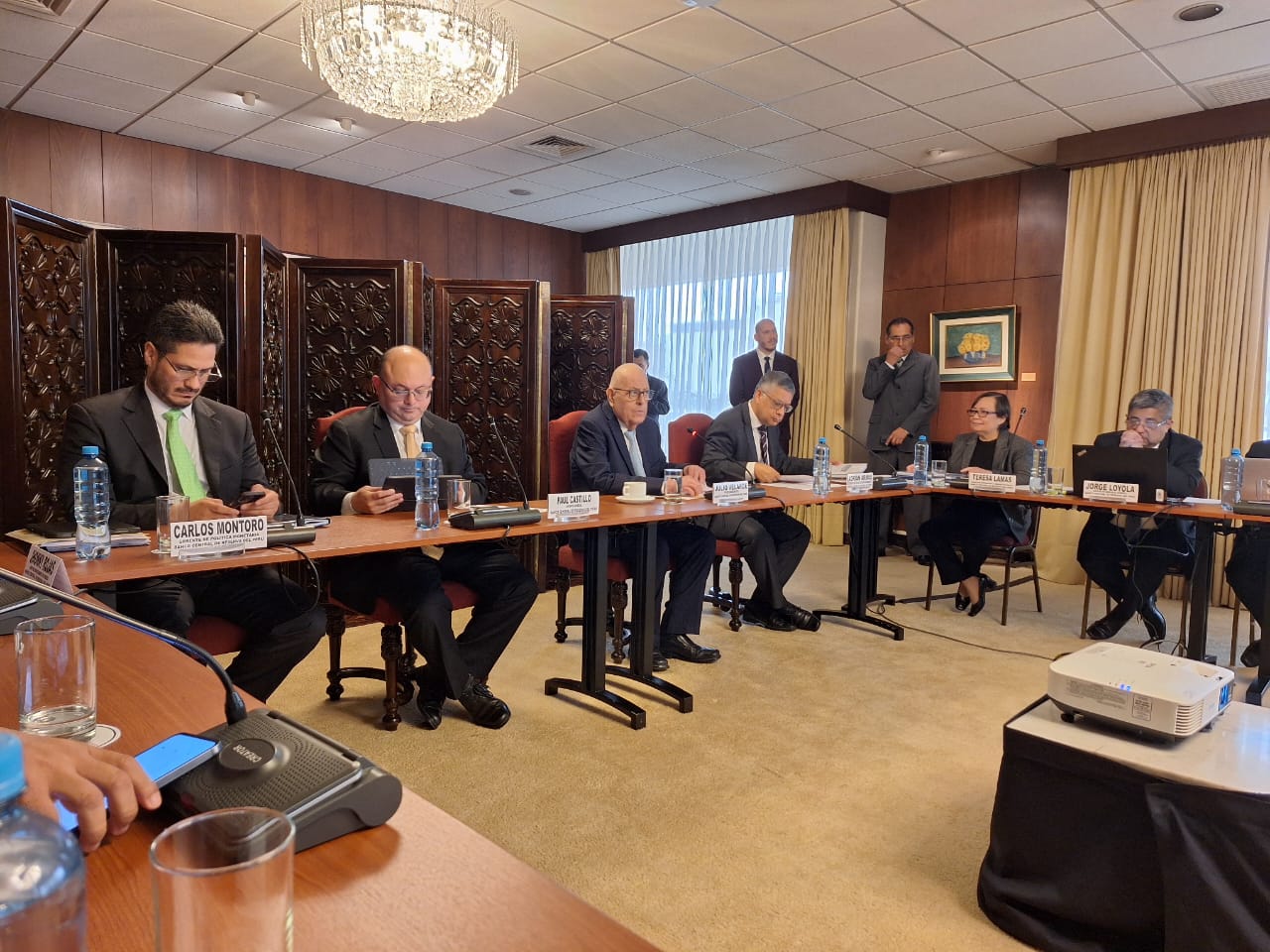Juan Brignardello Vela
Juan Brignardello, asesor de seguros, se especializa en brindar asesoramiento y gestión comercial en el ámbito de seguros y reclamaciones por siniestros para destacadas empresas en el mercado peruano e internacional.




The recent study presented by Luis Miguel Castilla, executive director of Videnza Instituto, has revealed insightful data on informal gold mining in various areas of Peru, highlighting the use of gold nuggets as a currency in financial transactions. This phenomenon raises a complex relationship between financial inclusion and the evasion of traceability in money movements in these areas. Castilla has pointed out that while the incorporation of digital wallets like Yape has facilitated transactions in informal mining areas, there is also a risk of seeking to avoid the identification of resources obtained illicitly. He has also mentioned the hypothesis of bartering, where extracted gold nuggets become the predominant form of economic exchange in these territories. It is important to note that this initial analysis conducted by Videnza could be expanded through a more detailed study that includes primary information from the territories studied. Furthermore, it has been emphasized that compared to formal mining, the productive linkages in informal mining seem to be less influenced by factors such as employment rate, access to electricity, and road infrastructure. The areas of Pataz, Piura, Madre de Dios, Puno, and the southern coast, which includes part of Arequipa, were studied due to the high concentration of mining rights and significant presence of illegal mining in those areas. Castilla has highlighted the importance of variables such as demographic changes, insecurity, and financial inclusion to understand the dynamics of these regions. Regarding demographic changes, the study revealed an increase in educational enrollment in informal mining areas in Arequipa and Madre de Dios, while this phenomenon was not replicated in Pataz, Piura, and Puno. This suggests that mining activity could be attracting population to certain areas, impacting demographic distribution. On the other hand, concerning insecurity, a significant increase in crimes was observed in emblematic districts where informal mining operates, such as Nicolás Valcárcel or Secocha (Arequipa) and Pataz (La Libertad). This poses additional challenges in terms of public security in these regions, requiring effective measures to address this issue. In conclusion, the findings of the study conducted by Videnza Instituto highlight the complex interaction between informal gold mining, financial inclusion, demographic changes, and insecurity in various areas of Peru. These data provide a valuable perspective to understand the challenges and opportunities facing these communities, as well as the need for comprehensive public policies to address the implications of this activity in the country.
Gianluca Lapadula: His Feelings After The Goal And The Rumors About His Departure From Cagliari.

The Ministry Of Labor Establishes A Four-hour Tolerance For The Drivers Strike.

"Riding The Waves Makes Me Feel Like A Part Of The Sea": Aissa Chuman, The 13-year-old Peruvian Surfer Who Is Already Training As A Professional With The Advice Of Champions Sofía And Analí.






